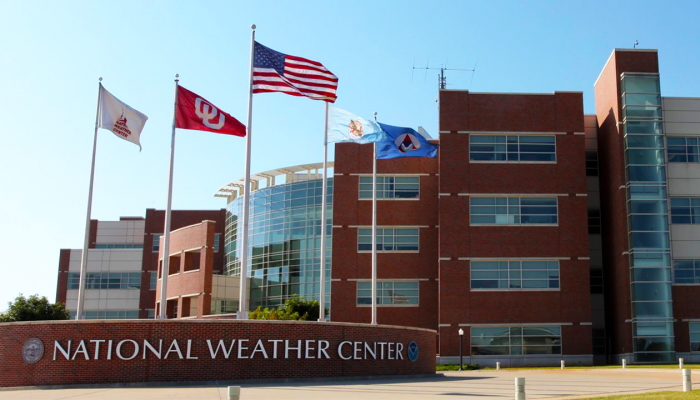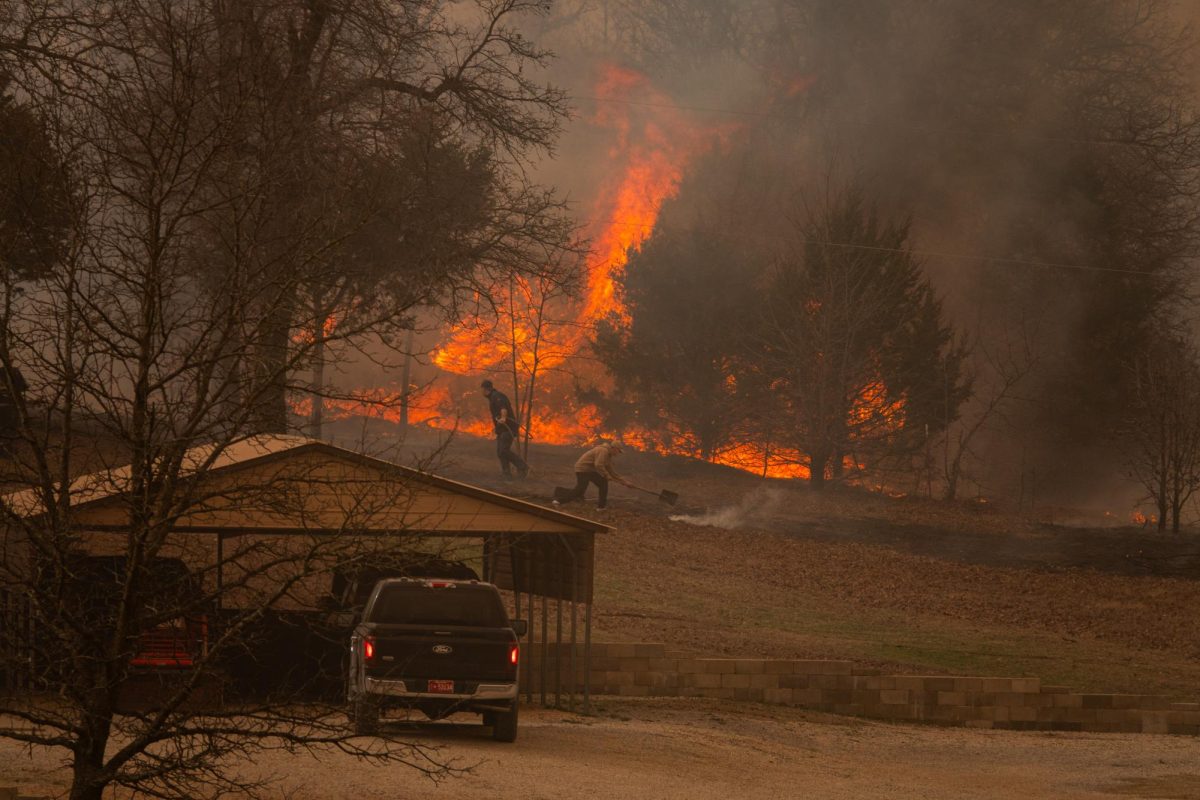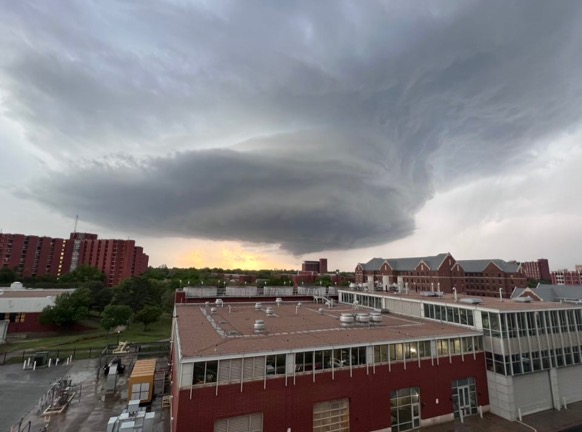By Jaron Spor
The University of Oklahoma Atmospheric and Geographical Sciences is currently conducting research into mobile Doppler radars that will change how accurate forecast are.
These radars will be mounted on trucks and will be driven right up next to the storm so they can scan the low levels of the atmosphere to receive the most accurate forecast.
These radars will help the most when you have a terrain that could not be reached by a fixed radar. It will help because the storm chaser and the Doppler radar can see what is going on and be able to relay it back to the weather station.
These radars can predict if a storm will become severe later on or not. It can determine if the station needs to keep an eye on a certain storm and put out a warning or can they move on to another storm.
These mobile Doppler radars can also be mounted on a ship and sent out in the ocean to test the precipitation amounts to help predict computer predictions of thunderstorms.
OU is doing research into the severe tornadic storms but the radars are not used just for severe thunderstorms. They can also be sent out to determine how severe an ice or snow storm may be.
It would work just like with other severe storms. It would just test if a storm will produce a bunch of ice or not as much ice.

An Iphone’s Mobile Radar App
Source Sheet
http://www.adweek.com/tvspy/nbc-owned-stations-unveil-stormranger-mobile-radar-trucks/175419
Mike Eilts [email protected]




